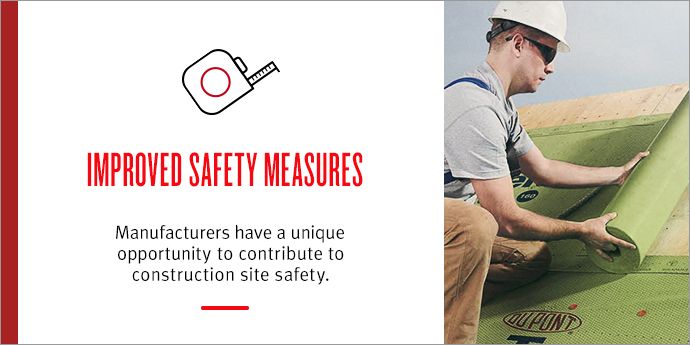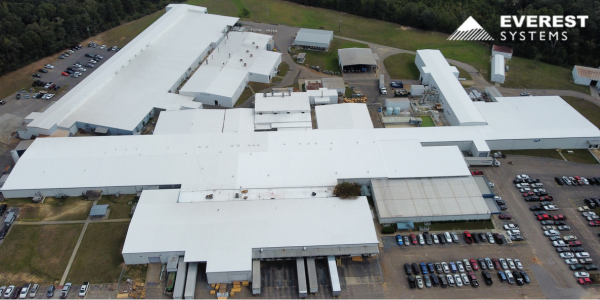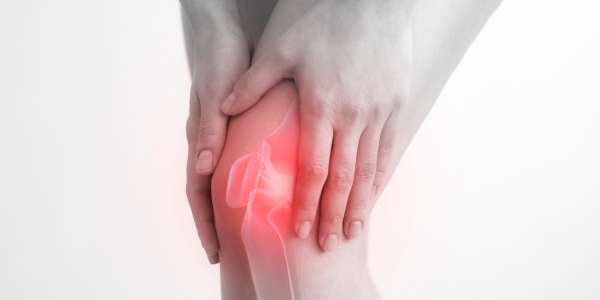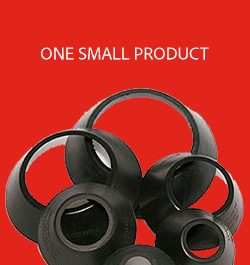Safety Measures for Construction Workers

Safety begins with worker education but manufacturers have a unique opportunity to contribute by building safer products.
By DuPont™
Note: This article was first published on DuPont’s website and can be viewed here.
America has 6.5 million construction workers who face daily safety risks on the job. Almost a third of them work hundreds of feet above the ground, balanced on scaffolding as they wield the heavy tools required to erect a building. Falls are a risk in commercial construction and residential rooftops can be just as dangerous.
Injuries resulting from falls, slipping or tripping are among the top five construction-site hazards identified by leading insurance companies. Over exertion and being struck by falling objects rounds out the list. Other hazards exist on the construction site as well. A trench with an improper slope can collapse, a crane or its payload can strike a worker. There also can be serious chemical or electrical dangers present at a site.
Making a rugged workplace safer is a complex, multi-faceted challenge that involves education, government regulation and enforcement, and the creation of a culture of safety. Beyond these three components, the manufacturers of construction tools and materials can play an important role in helping make construction sites safer.
The ABCs of Safety The first step towards construction site safety is education. From the safety perspective, there are right ways and wrong ways to erect scaffolding, reinforce trenches, install roofing and even hammer nails — and the right ways aren’t always self-evident. Workers must be trained so they know what is safe and what is not.
In many cases, this training occurs in technical schools or apprenticeship programs. Sometimes, however, on-the-job training is required to make workers aware of specific dangers associated with new tools or building materials, such as paints and solvents, which may pose explosion hazards or require protective equipment. In these cases, manufacturers can play a key educational role.
From Theory to Practice In the real world of tight deadlines and constant pressure on contractors to get the most value out of every labor hour, putting safety principles into practice on the job is no small challenge. So keeping workers safe is a top priority for government agencies such as The Occupational Health and Safety Administration (OSHA), which mandates thousands of construction site safety practices.2 Indeed, OSHA inspectors are a regular presence at major construction sites.
A second force aligned with safety is often referred to as a “culture of safety,” aptly defined as what people do when no one else is looking. Some companies reward safety by making it part of the performance appraisal process.
Building Safety into the Job Another component of safety on construction sites is making the products themselves safer. Manufacturers have a unique opportunity to build safer products — ones that help to mitigate the inherent risks of working in the construction industry.
DuPont™ Tyvek® Protec™ roofing underlayment products are one such example. This innovative product line offers numerous advantages. It lays flat and is wrinkle-free, making it easier to install, with an important safety bonus: its unique embossed pattern allows for better traction and grip while walking on roofs. With the use of proper safety equipment, this industry-leading walkability reduces the likelihood of falls, helping to decrease risks for roofers.
Tyvek® received global recognition at the International Builders Show as a finalist in the innovation-of-the-year category.3 Since its launch, it has been featured and recognized in Roofing Contractor Magazine, Editor’s Choice Products that can have an impact, Green Builder Media — Top 50 Products, and Roofing Magazine, just to name a few.
Safety First DuPont™ Tyvek® Protec™ roofing underlayments are a huge improvement from tar paper, also referred to as roofing felt, which is heavy and tears easily, creating safety hazards for roofing installers. Products like DuPont™ Tyvek® Protec™ reduce these risks.
Through innovative product design applied to Tyvek® Protec™, risk has been reduced without increasing costs or jeopardizing product acceptance in the marketplace. All that’s necessary is to make “Safety First” a motto for the design department as well as the workplace.
Click here to learn more about Dupont™ Tyvek® Protec™ underlayments.























Comments
Leave a Reply
Have an account? Login to leave a comment!
Sign In